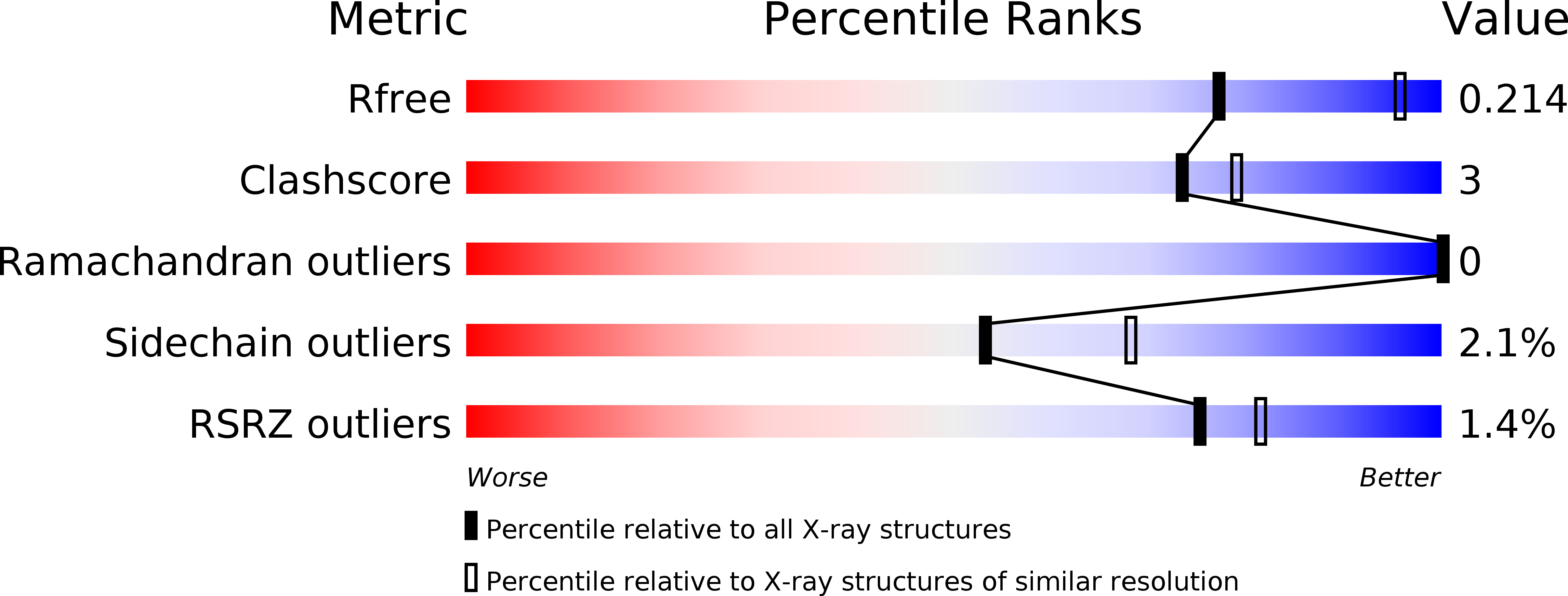
Deposition Date
2019-03-28
Release Date
2019-09-25
Last Version Date
2024-01-24
Method Details:
Experimental Method:
Resolution:
2.54 Å
R-Value Free:
0.24
R-Value Work:
0.21
R-Value Observed:
0.21
Space Group:
P 43 21 2


